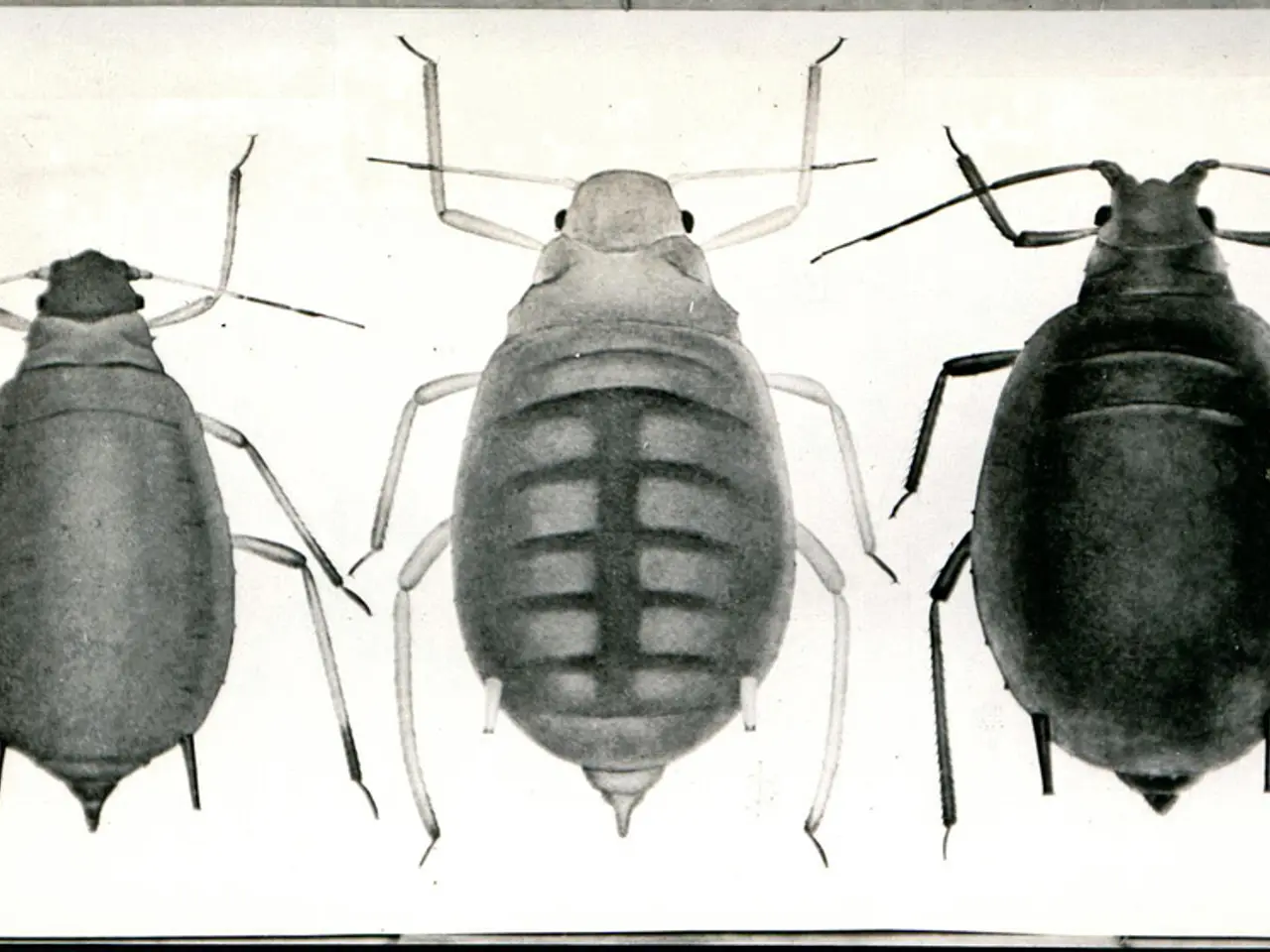Giant Tarantulas Hold Lengthy Genitalia to Fend Off Predatory Females, Setting New Records
Newly Discovered Tarantula Species Sport Unusually Long Palps for Safety During Mating
In a groundbreaking discovery, researchers have identified four new species of tarantulas, each with male palps that are unusually long for their kind. This adaptation, found in the new genus Satyrex, is believed to provide an evolutionary advantage by allowing males to maintain a safer distance from highly aggressive females during copulation.
One of these new species, Satyrex ferox, boasts a legspan of approximately 14 cm (5.5 inches), while its male palps stretch nearly 5 cm (2 inches) long—a length almost equal to its longest leg. This is significantly longer than typical palps in other tarantulas, which range from 1.5 to 2 times the length of the front part of their bodies.
The elongated palps of Satyrex ferox and its related species may help the male avoid being attacked or cannibalized by the highly defensive and fierce females during mating. This increased safety may lead to higher survival rates and successful reproduction for the males.
The researchers, who published their findings in a study last month in the journal ZooKeys, suggest that the long palps enable males to mate at a safer distance, allowing them to escape quickly after sperm transfer. The genus name Satyrex is a combination of Satyr, a part-man, part-beast entity from Greek mythology, and Latin rēx, meaning king.
In addition to Satyrex ferox, the new species include S. arabicus, S. somalicus, and S. speciosus. S. speciosus is named for its beautiful colours, while S. arabicus and S. somalicus are named for their regions of origin, the Arabian Peninsula and the Horn of Africa, respectively.
Interestingly, the males of these four new species, as well as a fifth Satyrex species, S. longimanus, have the longest known palps of all tarantulas. The name of the species S. longimanus means "long-handed" in Latin.
The longer palps of S. longimanus and the new species were a primary reason for establishing a new genus for these spiders. The study also indicates that the long palps of tarantulas in the new genus Satyrex seem to be an important characteristic in their taxonomy.
The new genus Satyrex also includes a fifth species, S. longimanus, previously classified in the genus Monocentropus. This reclassification highlights the distinct differences between these tarantulas and their closest relatives, both morphologically and molecularly.
These fascinating tarantulas, originating from the Arabian Peninsula and the Horn of Africa, represent a novel evolutionary strategy in the tarantula world to overcome female aggression during mating, thereby enhancing male reproductive success and survival.
- The elongated palps of newly discovered tarantulas, such as Satyrex longimanus, may suggest a significant advancement in science, as these peculiar adaptations could potentially be studied for tech applications in gizmodo, particularly for health-and-wellness, fitness-and-exercise, or even sexual-health gadgets.
- The new genus Satyrex, with its unique spider species, offers researchers a valuable opportunity to delve deeper into the intricacies of the future of biology, understanding evolutionary strategies employed by these creatures to survive and reproduce under challenging circumstances.
- In the realm of science, the discovery of the new genus Satyrex highlights the importance of ongoing research in tarantulas, shedding light on their various characteristics that set them apart from other arachnids, inspiringg further exploration in the field.
- As the world progresses and technology continues to evolve, the unusual qualities of species like Satyrex ferox can inspire innovation across various industries, potentially benefiting areas such as health, fitness, and sexual health, ultimately improving the quality of life for countless individuals.




